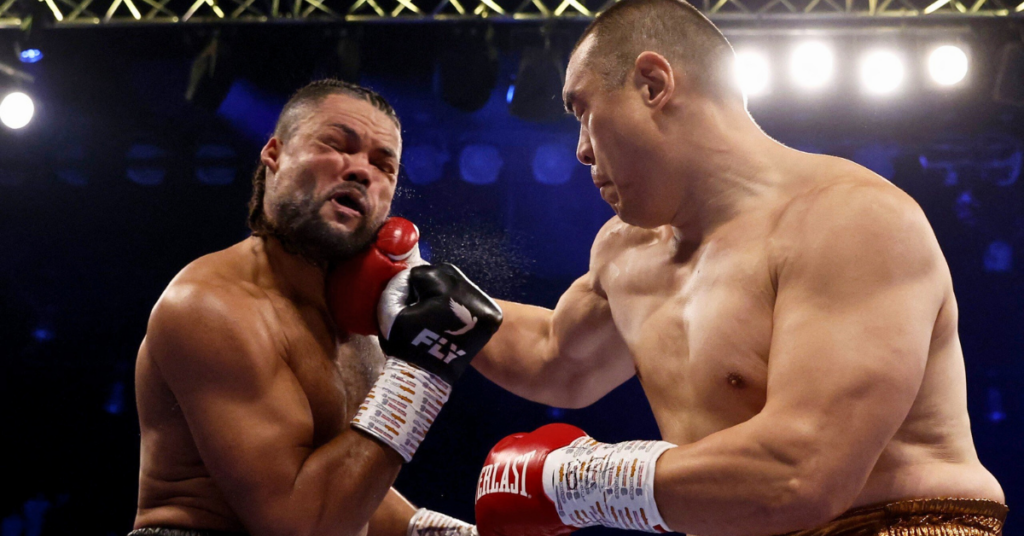The Science Behind the Knockout
(Video courtesy BREAK/SportScience)
If you watched Strikeforce: Henderson vs. Babalu this weekend and read any of the ensuing commentary on MMA websites and messageboards, by now you have digested a lot of talk about the weak chins of fighters like Renato “Babalu” Sobral, Scott Smith, Mike Kyle and Matt Lindland.
Some writers and posters even went so far as to call for their retirement, as if they have any say in the matter.
If a fighter’s health is at risk, either long or short-term, then I’m all for them hanging up the gloves, but it isn’t up to anyone but them to decide when that time is.
As far as the uninformed opinions that a fighter’s “KO button” is easier to push or that his chin is weaker as a compound result of multiple knockouts incurred over the span of his career, both are fundamentally incorrect.
For years, it’s been widely accepted that knockouts are simply caused by the brain being jostled around in the skull as a result of the impact caused by blows to the head, as the video above demonstrates. According to a recent report by Popular Mechanics, there’s a lot more to it physiologically and that it actually occurs at a cellular level.
Here’s the science behind it:
The body contains dissolved sodium, potassium and calcium, collectively known as electrolytes, which are responsible for conducting impulses along neurons. Every time a fighter receives a blow to a nerve, potassium leaves the cell and calcium rushes in, destabilizing the electrolyte balance, while the brain does all it can to keep these levels in balance. With each successive blow, this balance becomes harder and harder to maintain, and more and more energy must be spent in the process. When the body reaches the point where the damage outweighs the body’s ability to repair itself, the brain shuts down to conserve enough energy to fix the injured neurons at a later point.
According to Anthony Alessi, M.D., a neurologist and ringside physician for the Connecticut State Boxing Commission, in laymen’s terms, the body turns on its emergency power system to try to divert its resources where they are most needed — like supplying blood to its critical systems and keeping the lungs functioning. He says that allowing a fight to continue past that point could have tragic results.
“After a brain injury, the heart must supply sufficient blood flow for the brain to repair itself. If the demand outweighs the supply the brain then shuts down and leads to an eventual loss of consciousness,” says . “That’s when I know to end the match, because if we keep going the fighter is going to die.”
The article goes on to explain that the legs are one of the first thing to go when a fighter takes too many shots to the head, which is what an experienced referee and ringside physician should look for when calling a fight as the affected fighter is only one solid shot away from having his lights turned out.
“They become flat-footed, which is the inability to adjust. Boxers can’t move forward or backward quickly,” Alessi says. “As you watch their feet, you realize that the same lack of coordination is going on in their upper extremities in their hands. And eventually they are unable to defend themselves.”
For the record, personally I don’t know that I’ll watch another Matt Lindland fight unless he’s fighting in King of the Cage against a regional wrestler with no knockouts on his record. I’ve already seen “The Law” die twice and I don’t want to see it happen again.






